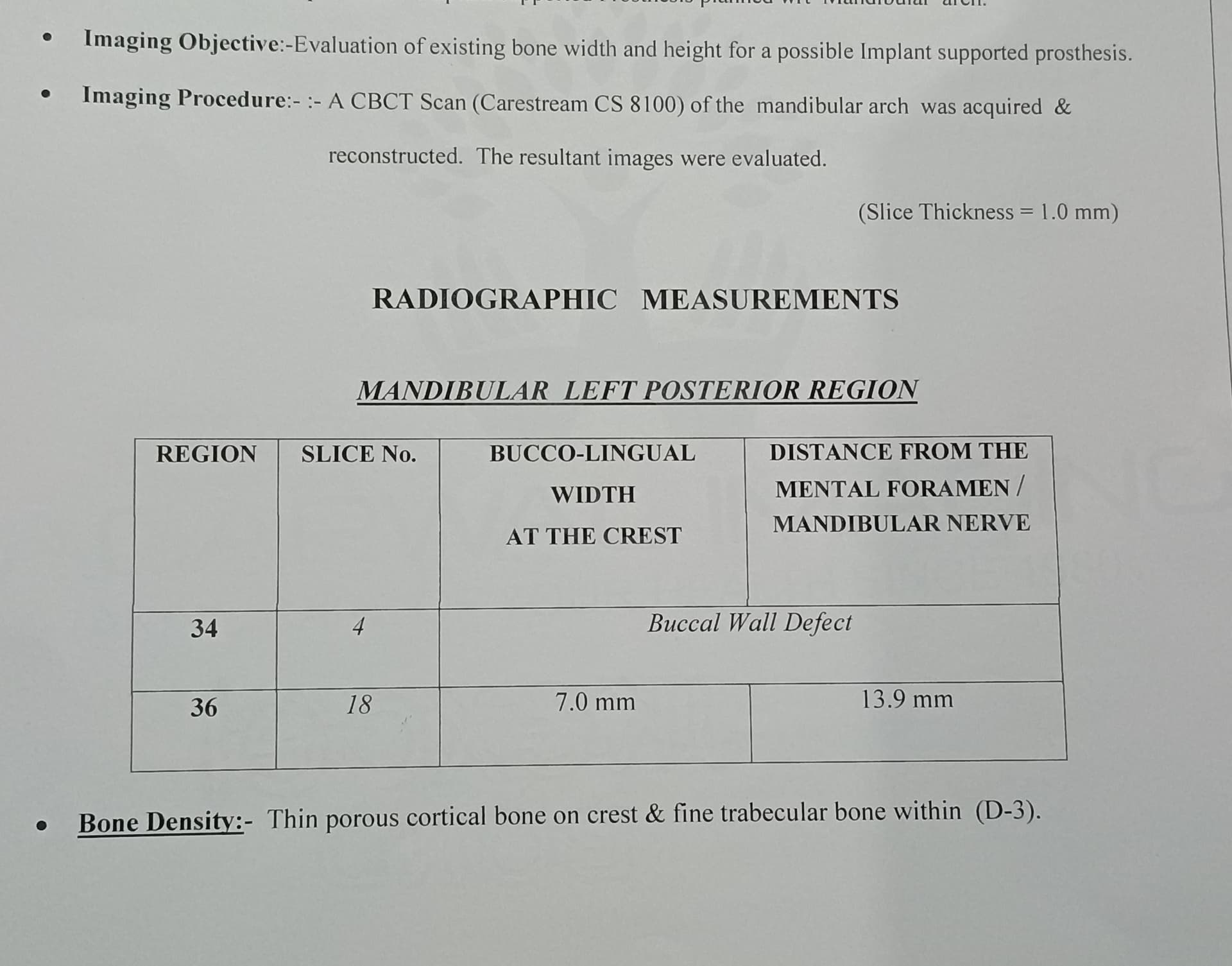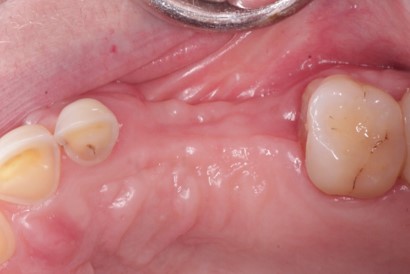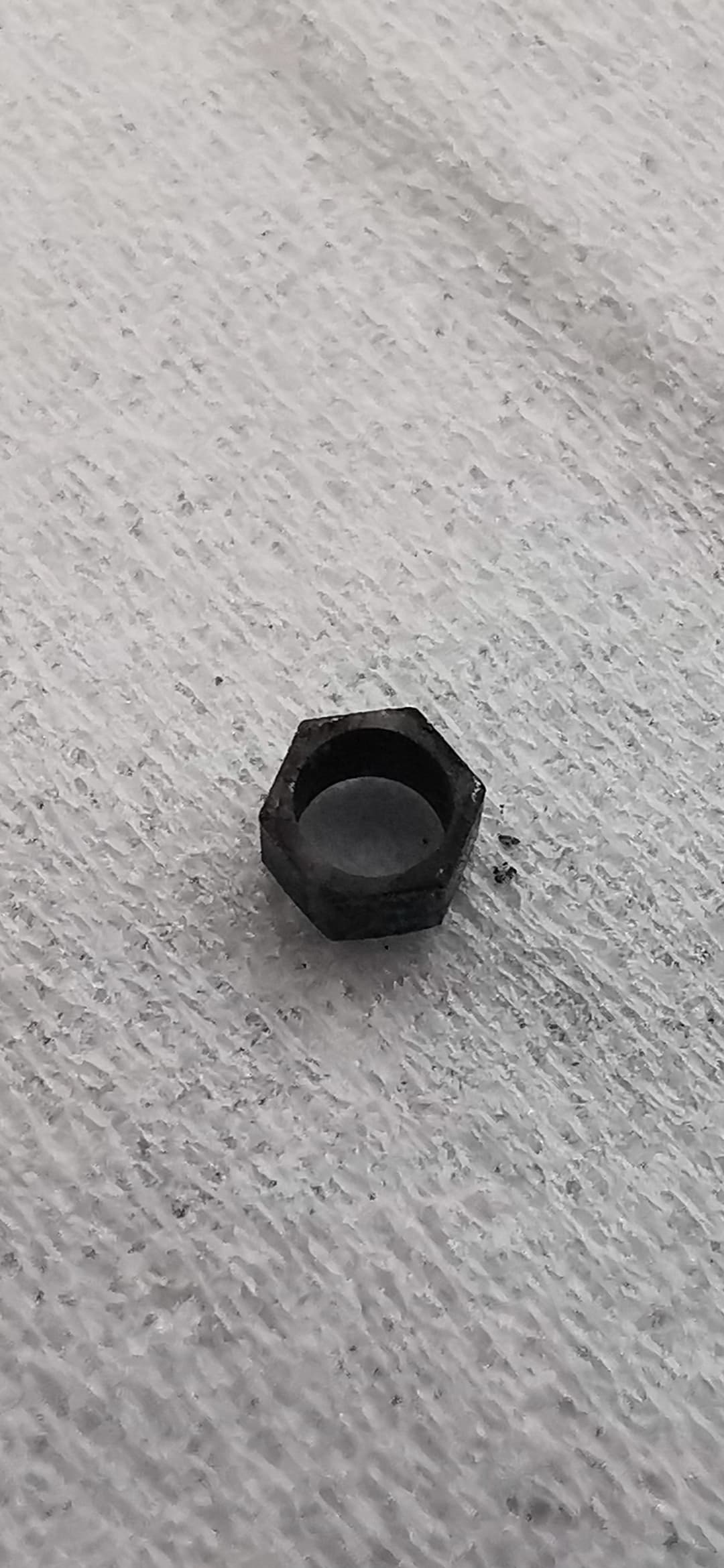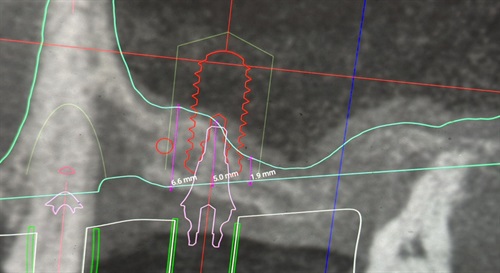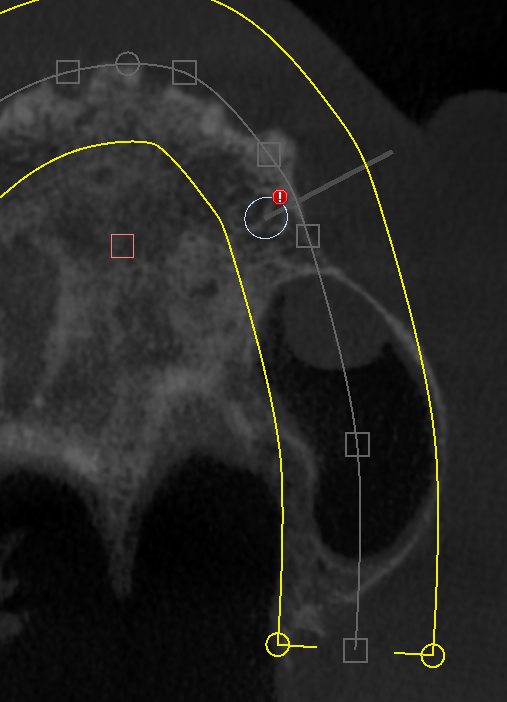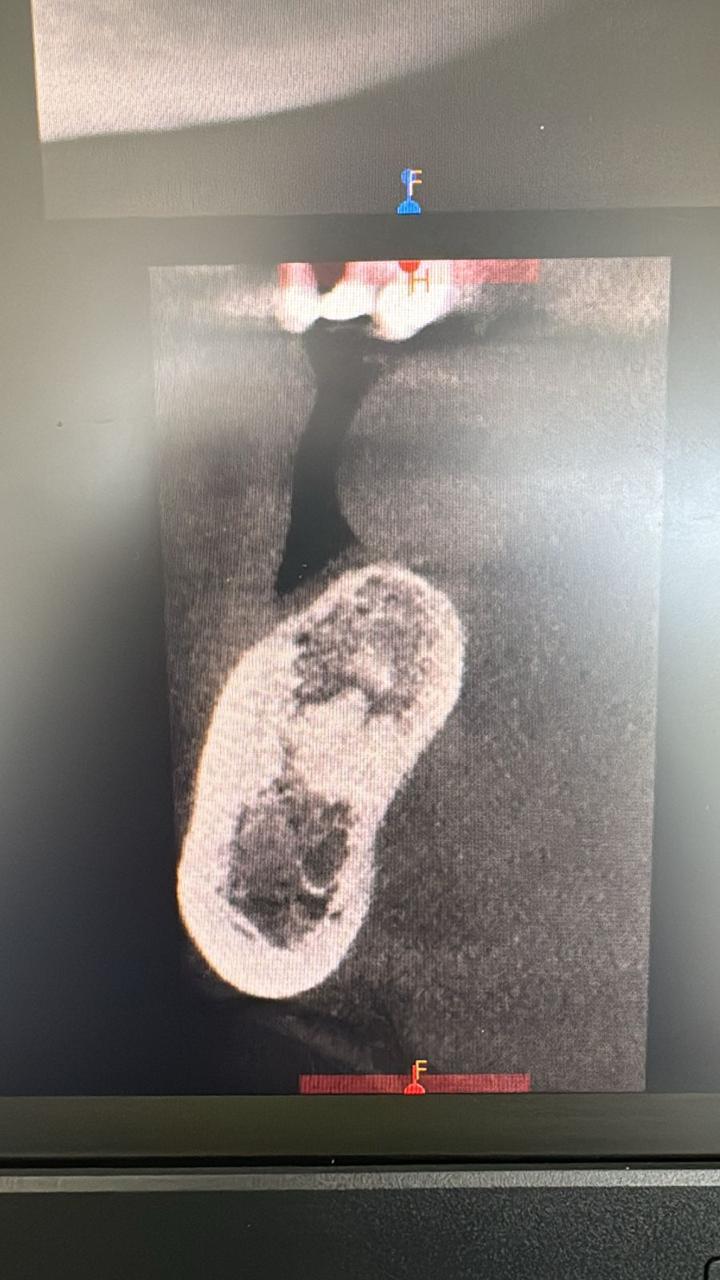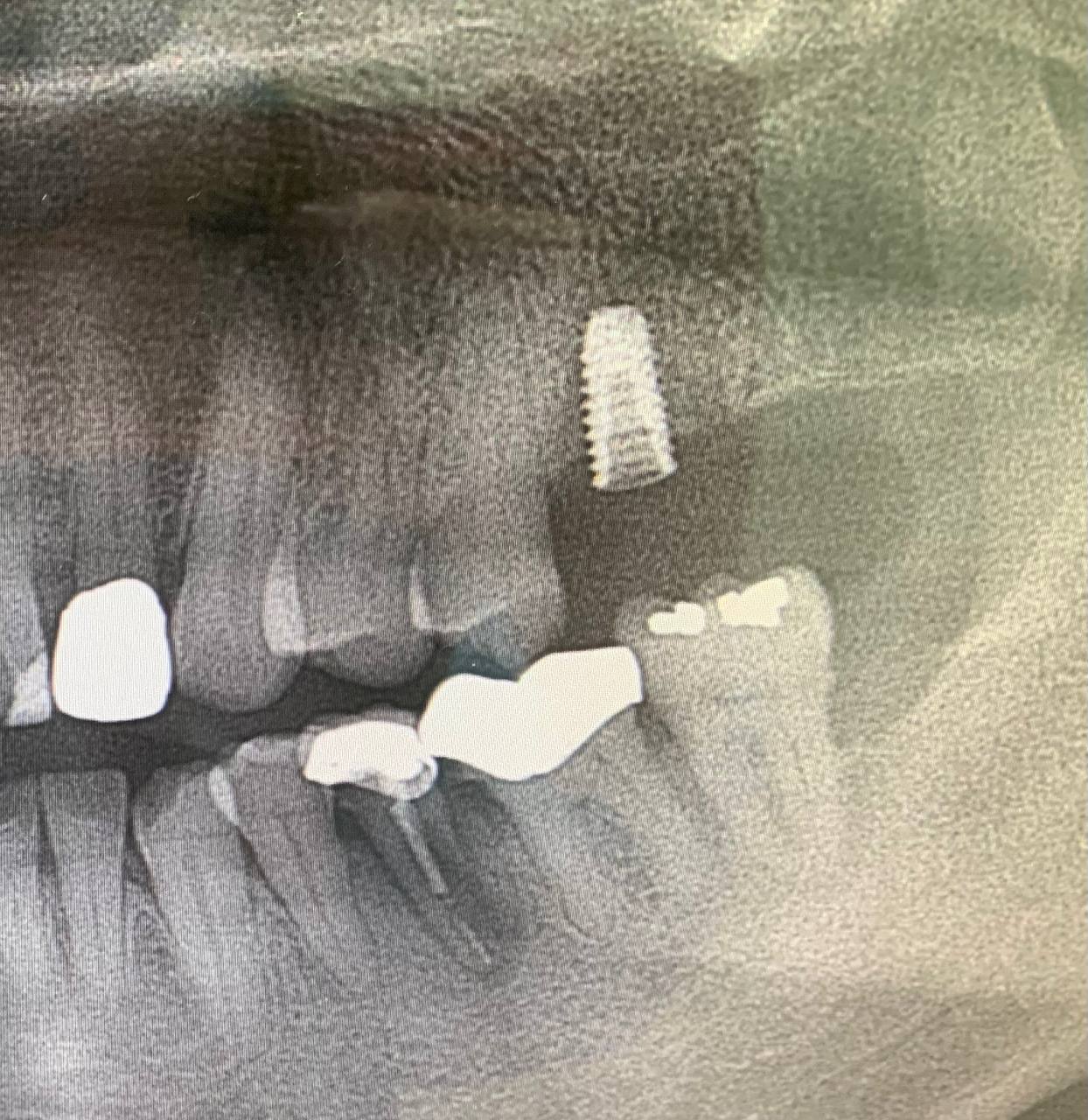Mix Antibiotic with Bone Graft to Decrease Post-Operative Infection?
Dr. S. asks:
I am seeking to prevent complications with sinus lift and bone graft. I was wondering if I would decrease my chance for post-operative infection if I mix an antibiotic with the bone graft material? Which antibiotic should I use, how much and how should I mix this into the bone graft? Should I give a systemic antibiotic to the patient as well? I usually use amoxicillin. Should I use a different systemic antibiotic when I do surgery on the maxillary sinus? What do you recommend?
33 Comments on Mix Antibiotic with Bone Graft to Decrease Post-Operative Infection?
New comments are currently closed for this post.
Charles Schlesinger, DDS
8/24/2009
I do not mix antibiotic with my graft material. With sinus lifts the patient is put on 500mg of Augmentin BID starting the day before surgery and continuing for 10 days after.
Mark DiBona
8/24/2009
we have been mixing our grafts with gentamycin opthalmic solution. we also drip a bit on every implant we place (except when there is a Hx of allergy).
the rationale is that every site is infected to some degree.
does it make a difference? really can't say. we've been using this for about six months.
dr sajid
8/25/2009
that is a good question.i personally prescribe augmentin on the day of surgery than five days after it
dr sajid
8/25/2009
that is a good question.i personally prescribe augmentin on the day of surgery than five days after it,as a alternative you can mie cefadroxin in powder form and mix with graft material it works magic,try it out
Richard Hughes DDS, FAAID
8/25/2009
You can give a higher load dose prior (proper timing) to surgery and do not forget to decorticate the bone and obtain the marrow blood which should have the antibiotic mixed via the bolld circulation.
sb oral surgeon
8/25/2009
This is a good discussion, lots of anectdotal evidence. I personally hydrate my grafts in a clindamycin / tetracyline solution. Does this help??? I don't know, but it helps me sleep at night. I also give all patients who are grafted an intravenous dose of clindamycin. Sinus gets augmentin PO 1 day prior and 7 post op, and ampicillin IV.
Any studies out there??
CLIFF Leachman
8/25/2009
It seems that the latest protocol is to add Metronidazole to prevent anaerobic bacteria from producing gas pockets leading to spaces appearing in the sinus lifts especially. 5mg/500ml?
oral surgeon
8/25/2009
i mix some tetracycline in the allogenic grafts for sockets and sinus augmentation. i have an extremely low complication rate with this technique and have superior bone volume as a final result. i understand that my opinion is anectdotal but with many years of clinical observation and discussing the topic with other surgeons.
If interest that applying topical tetracycline is more common in europe and they are even applying tetra to gtr membranes.
steve
Dr. C
8/25/2009
Here are two references that discuss the topic:
Misch CM. The pharmacologic management of maxillary sinus elevation surgery. J Oral Implantol 1992;18(1):15-23.
Choukroun J, Simonpieri A, Del Corso M, Mazor Z, Sammartino G, Dohan Ehrenfest DM. Controlling systematic perioperative anaerobic contamination during sinus-lift procedures by using metronidazole: an innovative approach. Implant Dent 2008 Sep;17(3):257-70.
A systemic loading dose of antibiotic at least one hour prior to surgery will provide blood levels that will infiltrate the graft site. Mixing antibiotic with graft is a older "anecdotal" concept that is probably unnecessary but should not hurt anything.
Alejandro Berg
8/25/2009
Eventhough we regularly mix tetracyclin into our graft material, We dont do it mainly to prevent infection we do it for the acidity that heps the osteoclastic turn over. (I do believe it helps in the prevention)
Robert J. Miller
8/25/2009
With the exception of the Choukroun, et al study using metronidazole in sinus grafts, all of the other formulations are empirical. The Coukroun group did split mouth studies using metronidazole in one side and no antibiotic in the contralateral side. The profound difference in graft quality, density, and speed of healing is very impressive. If you combine these surgeries with the new Choukroun technique of combining PRF with metronidazole instead of using a graft material, for the first time we see a biologic approach to sinus grafting on par with what rhBMP provides (but without the soft tissue swelling). Dr. Choukroun is planning a tour of the US teaching both of these modalities in the coming months.
RJM
Howard Marshall
8/25/2009
Found this series very interesting. Unfortunately, did not recognize the initials "PRF" referred to in the last dentist's comment (RJM)about the Choukroun protocol and would like to know what material it stands for. Would also like to know if Choukron has published his latest protocol and studies, and where I might obtain a reprint or abstract.
Many thanks.
Dr. Marshall
[email protected]
Dr. Dennis Nimchuk
8/25/2009
PRF stands for Platelet Rich Fibrin. It is the latest interest beyond PRP in finding a better technique for tissue regeneration. Dr. Chouckroun and his group have obtained very compelling results in sinus grafting with this method. There are other similar studies utilizing PRF for skin grafting from the University of Copenhagen, also with positive results. The rational of why this seemingly works so well may still be somewhat speculative. I believe we have a way to go yet before we can with certainty understand and explain the true cascade of events which stimulate and accelerate wound healing and the repair and growth of tissue. PRF however, for the time being, appears to bring a significant technique in this ongoing search.
antonio coppel
8/26/2009
I agree with my friend Robert Miller. Choukroun shows and impressive difference between the group in which he uses metronidazol, and the control group. Further studies have to be carried out. We do give systemic amoxicillin from the day before the surg, and for at least 6 days after (1,5mg a day)
Bruce Fine
8/26/2009
I am not familiar with Dr. Choukron's PRF technique and have been using Dr. Anitua's PRGF technique with significantly improved soft tissue healing, reduction in swelling and postop complications including no postop infections. Any comments on the differences between the 2 techniques?
daniel kim
8/26/2009
I have question
Anybody know how long 0.5 % metrodinzole soulution is stable when solution is made with 500mg mixed with 50cc
ditilled water.
2ml/0.5% used to mix with graft material they said
What volume of graft maerial can be mixed with 2ml ?
I see comment using other antibiotic (tetracycline, gentamycine. clindomycine), No one mention about ratio between antibiotic( what %) and graft material volume wise
Dr.P
8/26/2009
Great question. Great answers.
The mouth is a garbage pit and sterile isolation is near impossible. ISOLITE and NOLA dryfield are godsends.
It seems like everyone's responses are 'evidence-based'. Osteoclasts prefer low pH. They must first resorb the medullary bone, before the osteoblasts can form cortical bone. Doxycycline lowers the pH. It decreases inflammation and stimulates bone formation (Soory, Open Dent J).
Will test metronidazole vs doxycycline. However, I don't regularly take cross sections of my patients' jaws. I understand metronidazole (J.Implant Dentistry) works awesome with sinus grafts.
Ziv Mazor
8/26/2009
Indeed mixing the graft material with Metronidazole makes a huge difference.BTW our article was awarded last week at the world ICOI meeting as best 2008 article published in Implant Dentistry.I mix my graft material with Metro on a regular basis.
Regarding the question of the difference between PRF and PRP there is a huge difference:
1)PRF contains 50% of the leokocytes and their cytokines such as VEGF while PRP and PRGF does not.
2)PRF is stable under room temp since it is obtained with no anticoagulant.
3)In vitro studies show increased sustained release of PDGF and TGF during 7 days after application while PRGF and PRP have no capacity of releasing these factors.
I have recently submitted an article using PRF as sole grafting material in the sinus. It was accepted for publication in JPerio.
For additional info you can contact me directly to [email protected]
Chitta Choudhury
8/26/2009
There s every chance of Staphylococcus aureus in infection while extracting infected tooth and lifting sinus simultaneously- is a preference by a group of. Bt there is a risk. It's wise to extract infected tooth first get infection free environment for a sinus lift or bone graft. Tobramycin-impregnated calcium sulfate pellets and demineralized bone matrix was found effective in preventing intramedullary Staphylococcus aureus infection-study says.
Chitta R. Choudhury, PhD, FFDRCS,
ICTOH, Poole Hospital Max Fac Surgery, UK
Michel P. Jazzar [Lebanon
8/27/2009
I have used the PRF Technique: Bio-Oss, autogenous bone mixed with the concentrates platelets on a full upper immediate implantation and temporary loading, No oedema. This technique has reached the consensus during the International Dental Journeys in Nice - France June 2007. I think that PRF is going to be a significant factor in bone grafting and wound healing for the dental implant procedure. I had spectacular and fabulous results and since 2008 I am now using the technique myself when it is possible and/or required.
For more on this technique:
http://www.swissbiomat.ch/mainArticle101b_2.htm
and
http://dental-implants.com/cms/implant_info/bone_grafting/prf.html [you can download the 5 parts of a study]
gerald
8/31/2009
I did a study in 1979 with Ray Yukna when I was a perio post grad student at LSU. It was published several years later in J. Periodontol. We found that mixing a very small amount of tetracycline with our freeze dried bone alographs in created baboon mandibular defects that we got significantly more early bone growth that the bone+saline only controls. I have been using this approach to mix with my bone grafts for 30 years. Since our defects where not exposed to the oral cavity, it was not believed the success was related to the antibacterial effect, but that topical TCN had some stimulatory effect, at least at our low concentration .Dr. Mellonig did not find the same results with demineralized bone. Jerry Drury Peiodontist,Hermosa Beach, CA.
DR CHINCHILLA
9/4/2009
I allways think taht tetracycline ocuped spaces in bone defect, between, graft and tetracycline, created a non completed regeneration
A.Romano dr. med.dr .dent
9/5/2009
i any occasion in wichh i perform my surgery plan i give, one day before, amoxicillin or cefixim, and for the subsequent 6-8 days.
during the surgery plan, i put in the cavity, before the bone graft and not within, cefazolyn pure powder and than cristalline hidrocortison for five- eight minutes: than i gently remove with phisiologic whater the debreeds and only than i put my bone graft in place.
the only obiection that i hear from many coleagues is: may hidrocortison change something in the healing or block in some way the stem cells ? or somethig else.
my simply answer is: in the past 25 years i performed this protocoll i only obtaiened the best and quickiest healing of the surgery site.
Ken Magid
9/9/2009
I would appreciate the specific formulation for mixing metronizadole with graft material for sinus augmentation. Do those using it use the infusion at 500mg/100ml or disolve the tablets and if the latter do you use the 250, 500, or the 375 capsule?
Dr. Bill Woods
9/13/2009
I have been reconstituting Lifenet mineralized graft with Clindamycin. I received this from an oral surgeon and I have found it to be accepatable. I have no empirical studies and it seems everyone has their own cocktail. I think that adequate systemic coverage, great hygiene and decorticating the site extremely thoroughly is essential. If the site doesnt bleed, then I drill holes in the cortical plate to get that. Rap may be the essential technique above all. I dont know if there will ever be a consensus on this topic as there are so many variables from patient to patient and graft materials that vary in success from patient to patient. For what that is worth. Bill
Dr S.
9/22/2009
It is also important that bone grafts release antibiotics that was mixed with it in a timely fashion. It has been shown that calcium sulfate based bone grafts (like DentoGen or Capset) do that. People have found very good results when they used grafts in this way.
Dr. Bill Woods
9/29/2009
Are ther any studies evaluating the differences in eeffectiveness in antibiotics being incorporated into a graft? Such as Met works better or worse than Tet or CLindo? Or that you get better bone, or there are less untoward events? I havent reviewed the literature, I was just wondering if anyone has? Thanks, BIll
levyya
10/22/2009
I have used metronidazol for a long time i use solotion for i.v which i buy from my hospital and mix it with the graft and membrane . why metro. ? becuase it does not cause for resisrence bacteria!
tetracyclun is acide if it is good i don't know it is for P.O use
i use prf and it seem s to help
TIM HACKER DDS, DABOI/ID
10/25/2009
My friend Dr. Robert Miller has the definitive comment on this protocol. Starting antibiotic therapy the day before surgery, and getting in and out quickly to preserve asepsis.
In terms of mixing antibiotics with your grafting materials, I am concerned more about attenuation of fibroblasts.
Roland Balan
11/16/2009
Mixing antibiotics under grafting material- is this the new gold standard ? Whatever affects bacteria affects healing too ! How big is the delay in terms of time for the bone healing if you use it ? If infect is inherent, no grafting shold be done at all.
If there is no infect, why antibiotics ?
Therapy should be based on diagnostics. Do you have an antibiogram or expect the persitence of specific bacteria ?
To be pragmatic- if this approach is the future then lots of us did sleep in the past: Palacos is a cementum on PMMA basis to fix femurimplants - and it contains antibiotics. Even osteoclasts refuse activity. That is the success of Palacos (Heraeus). Immediate loading would be possible. It also gets that hot that many bacteria refuse participation.
But it works !
I would dare to suggest: do the intraasinus preparation atraumatic and ensure that ther is no perforation ! Compensate traumatic induced acid response in before !
Do not raise the acidic response by using resorbable membranes (long term acidic hydrolysis).
Bone loves a pH wich tends to be basophile- at least osteoblasts do so. Bacteria don`t like basophile media either.
Somewhere here must lay the truth. Therefore block grafts do resorb that fast- in contrary to those inert and dead material persist and doesn`t get resorbed. Thats also why milled autogenuous bone doesn`t resorb.
By the time vessel proliferation has reached the autogenuous milled bone- osteocytes are dead !
Has anybody tryed TCP in a fatty emulsion or even a in a "nothing"(collagenous blood sponge) stabilized local blood coagulum. At least proliferation of vessels is not obstructed. Therefore subperiosteal tissue should know what to do with the space gained.
Roland Balan
12/1/2009
Thank you for the answer.
True Dentistry
8/26/2010
Wow! This is all wonderful information, thank you all! I had no idea there was a place for Dentists to discuss their practices online. What a great idea!
Shirley A Colby
9/12/2010
I've just read through the anecdotes/entries,the candor and open-mindedness among the participants is simply refreshing and up-lifting.
Indeed, dentistry has a brighter, better future!











